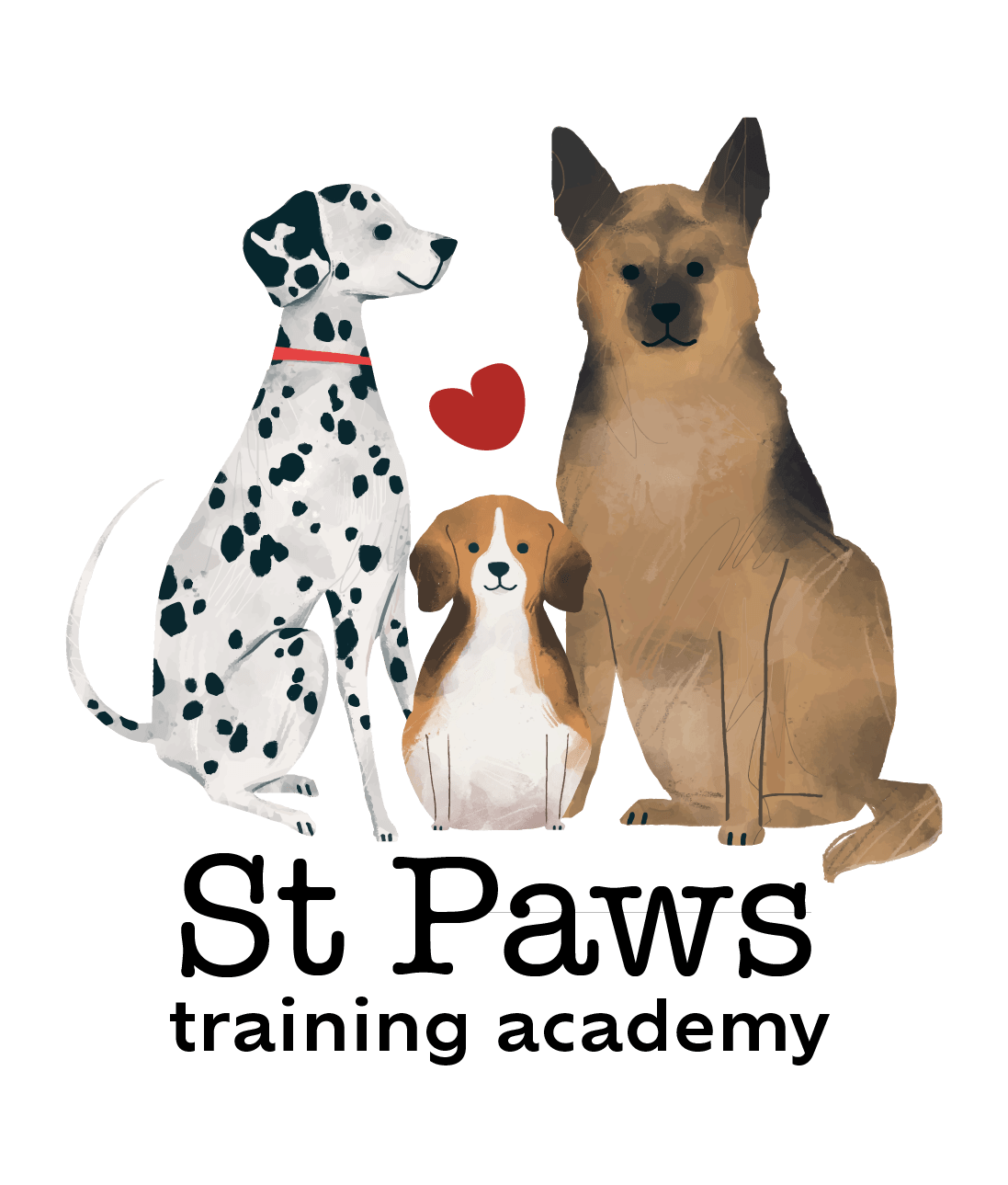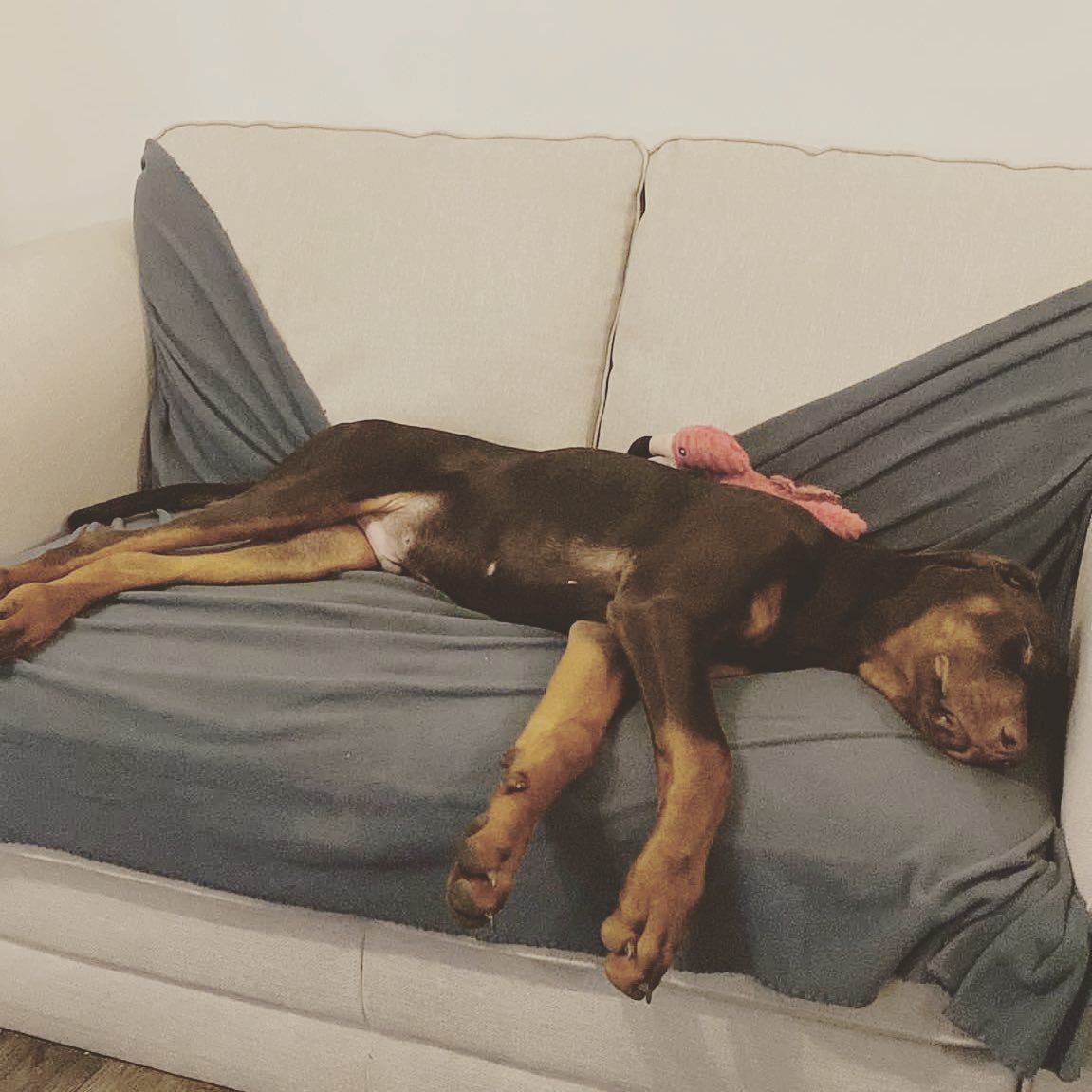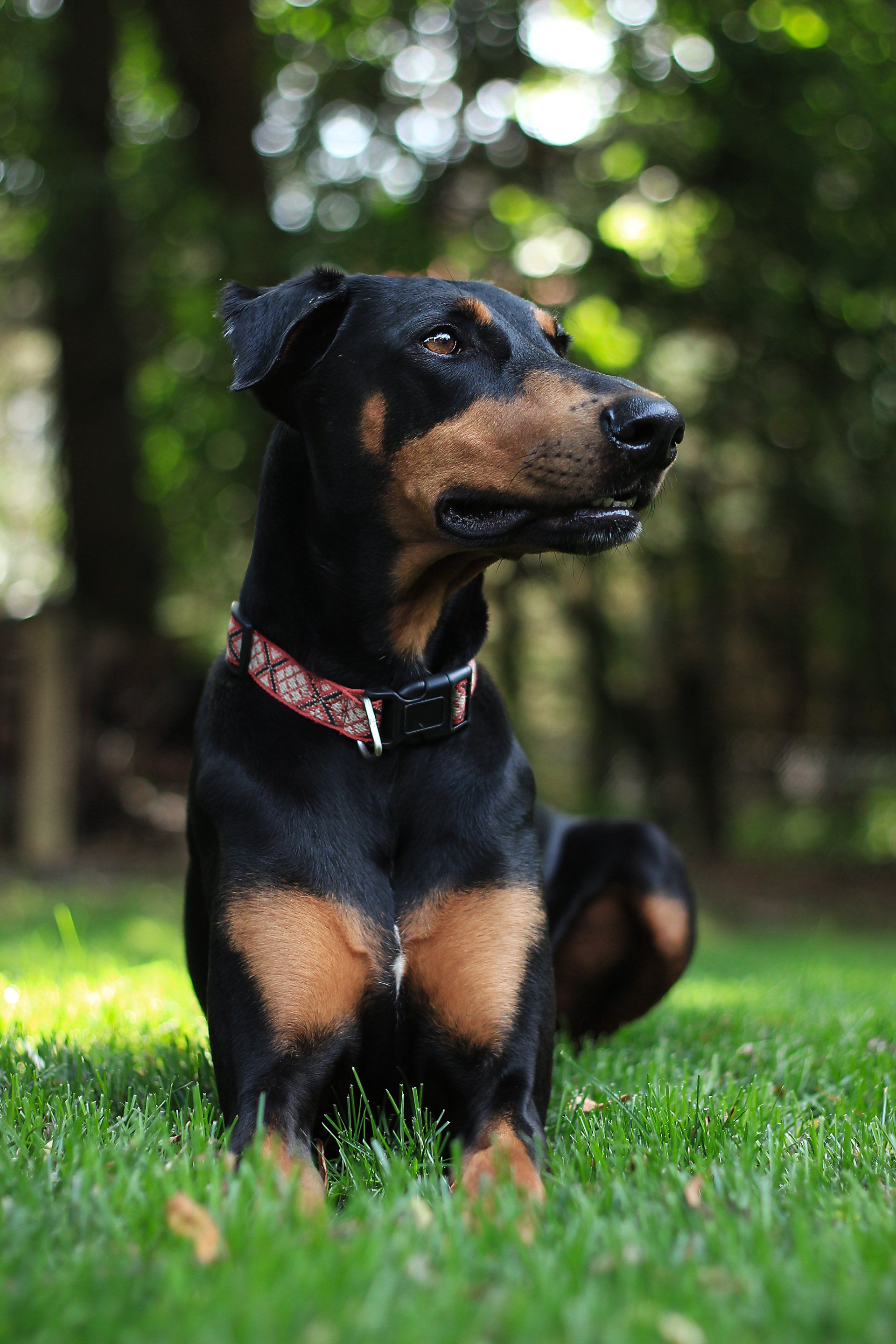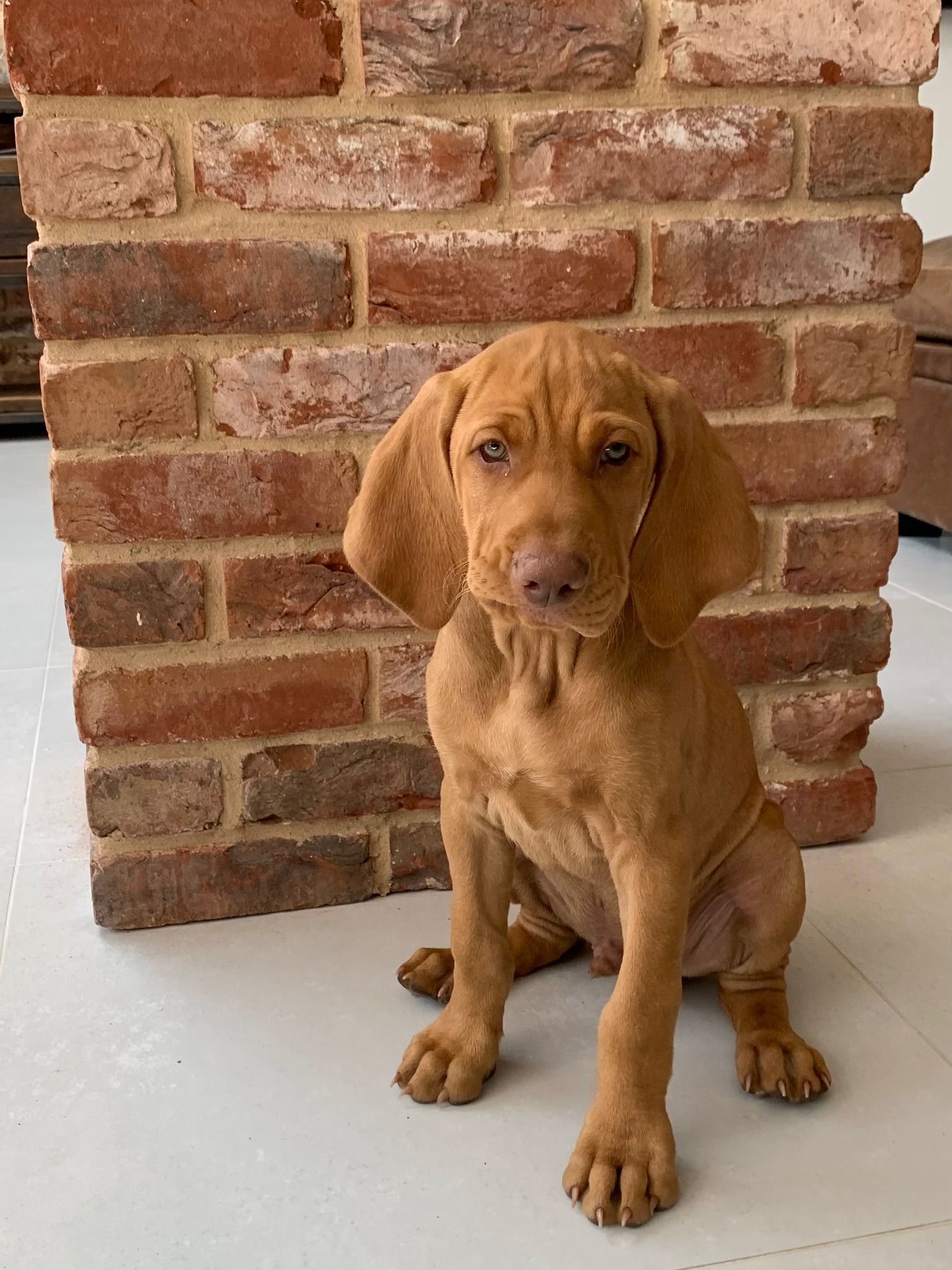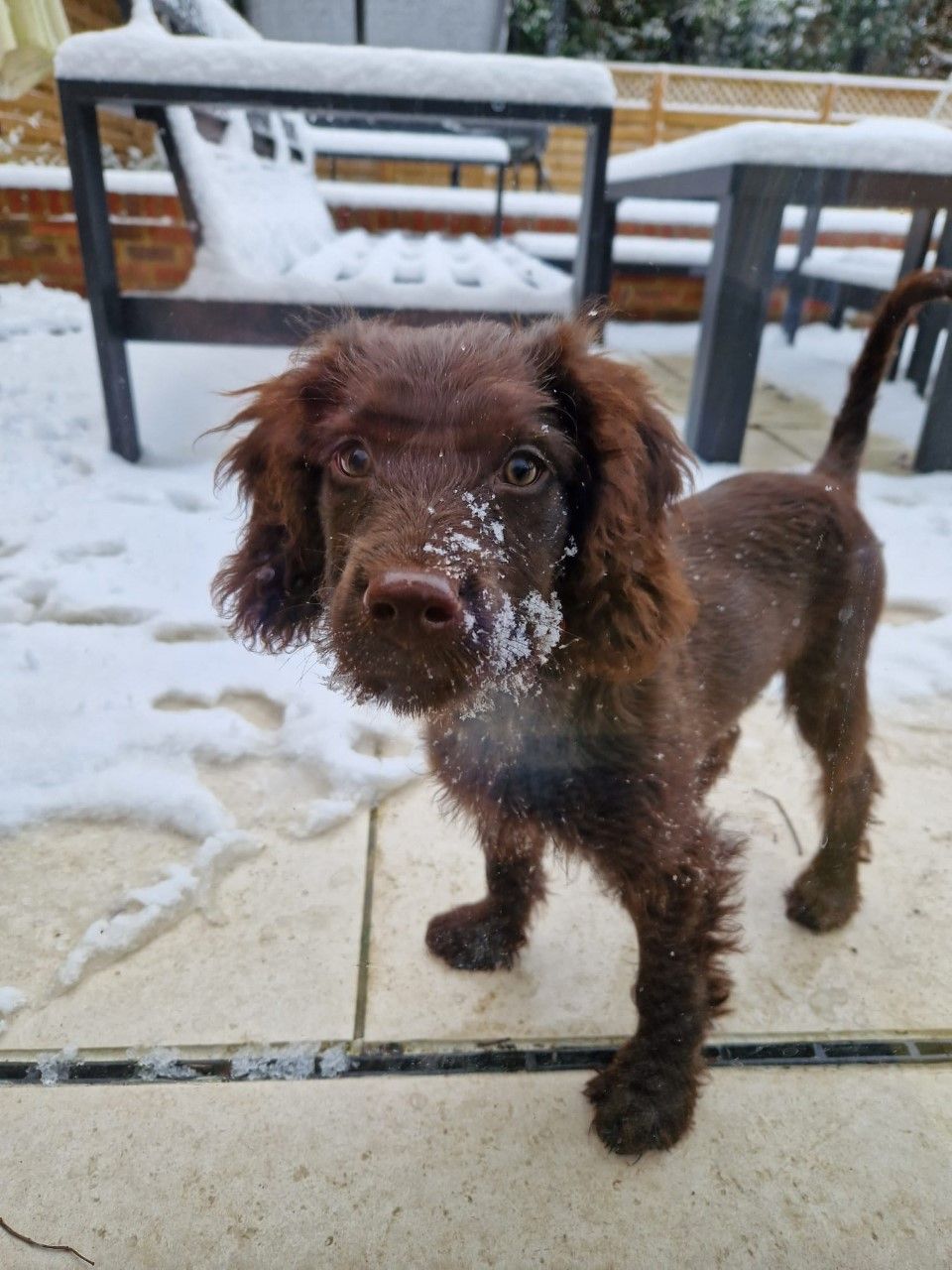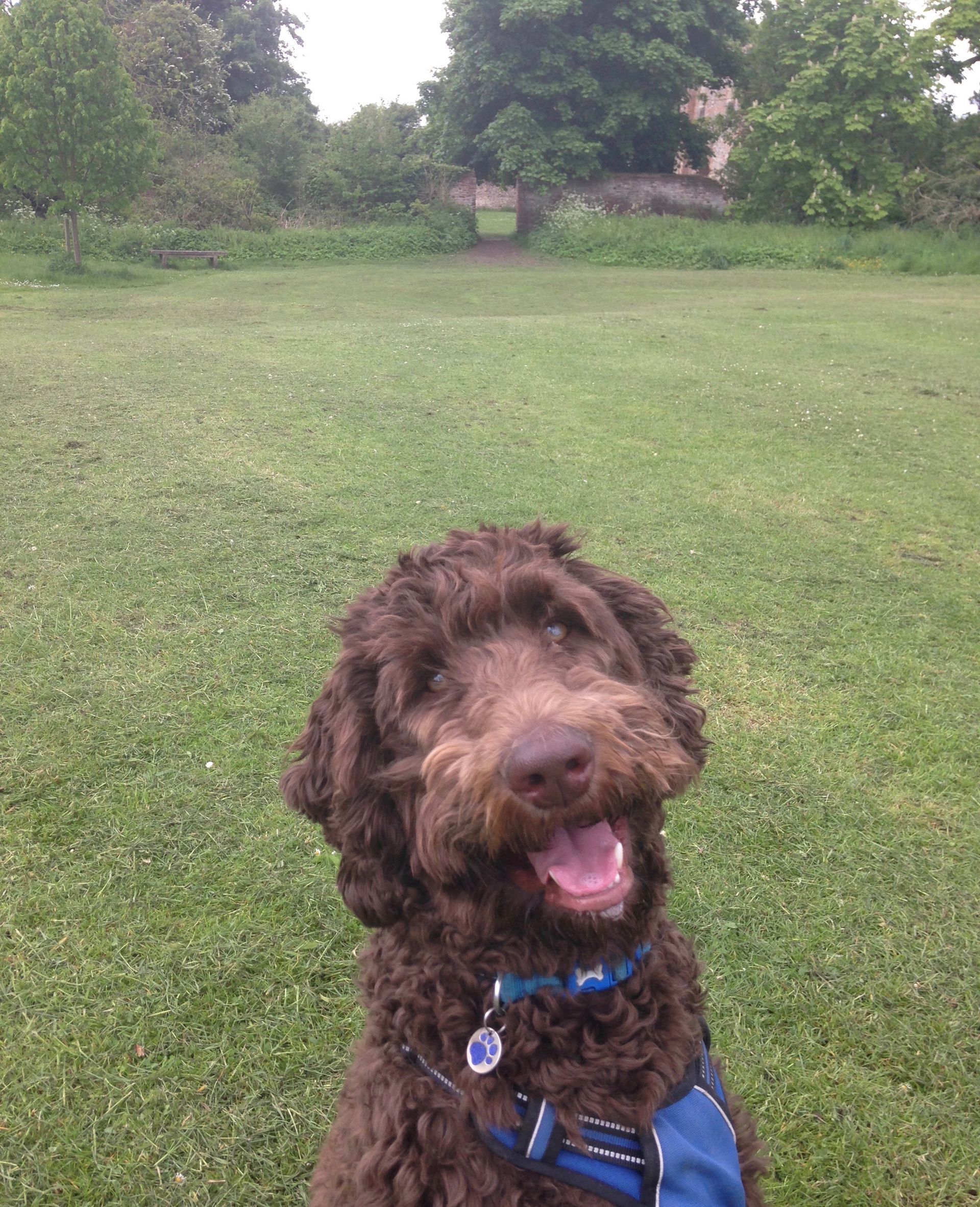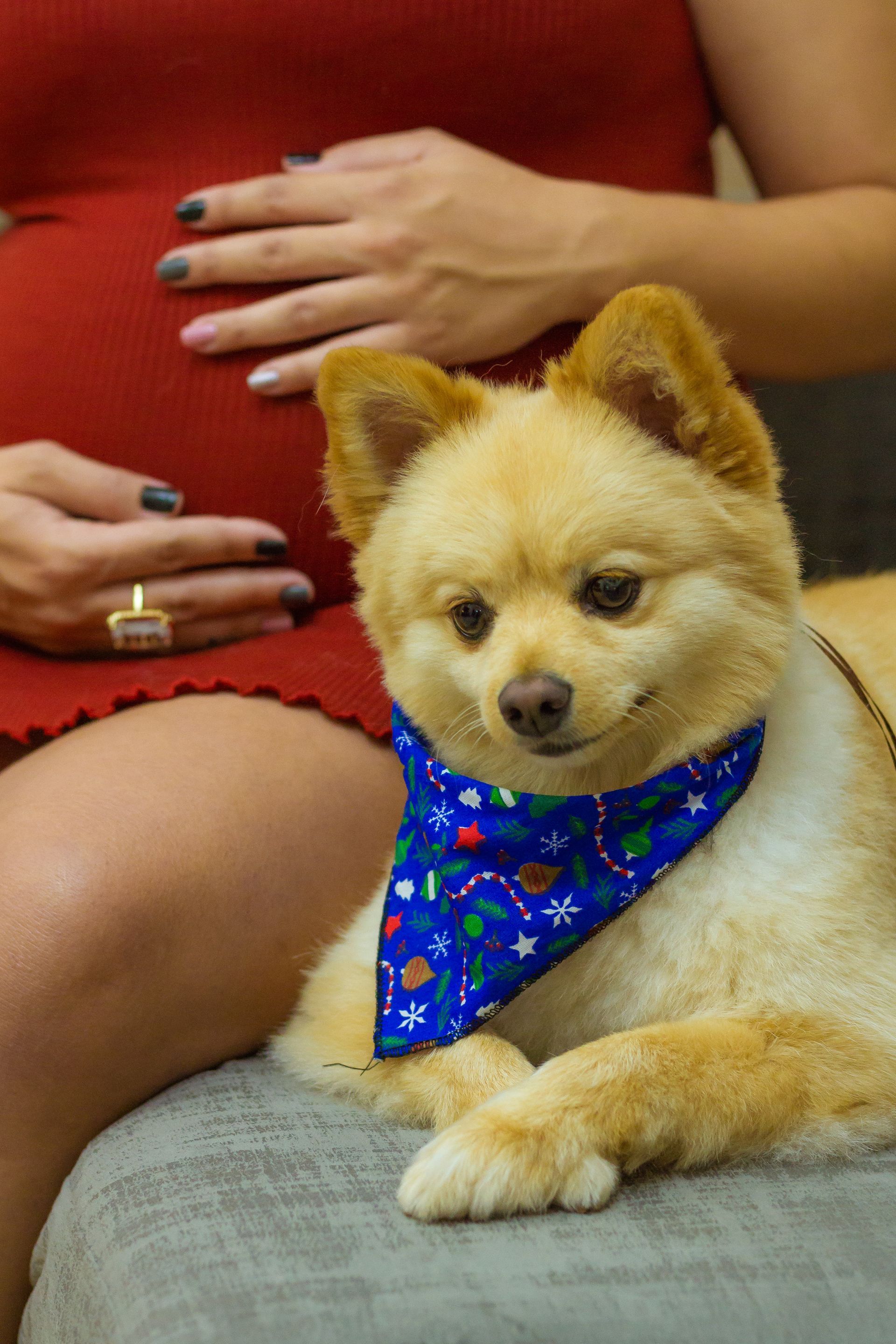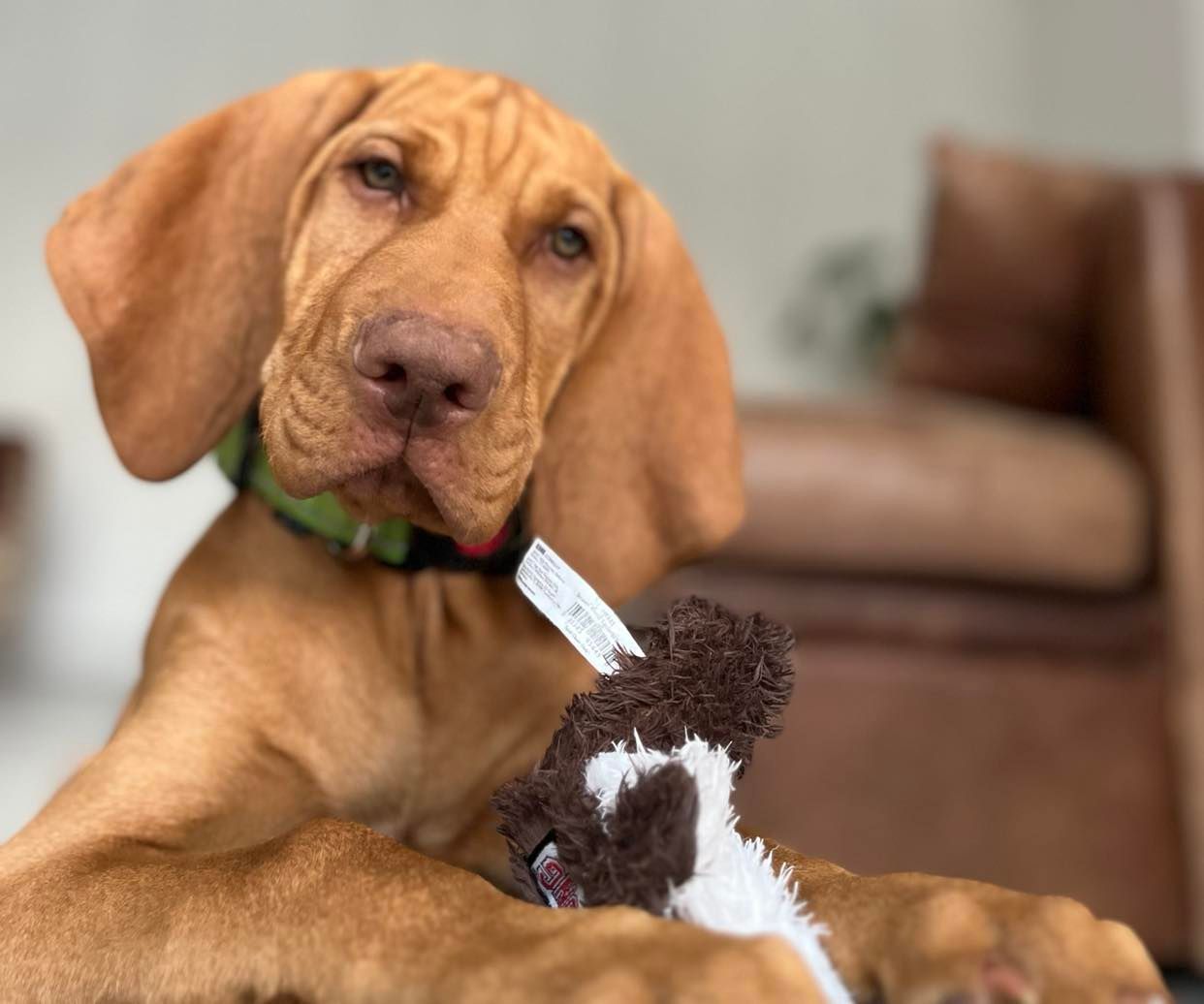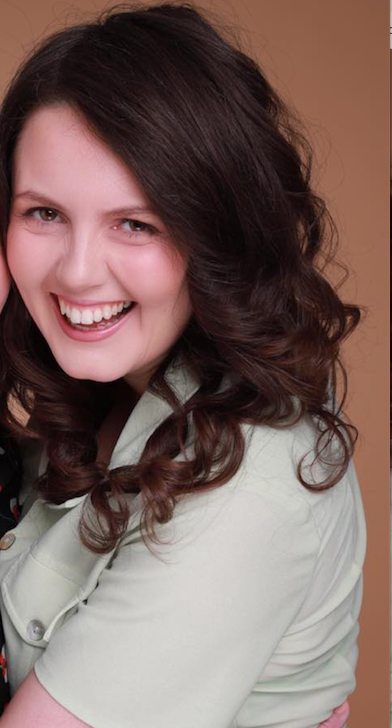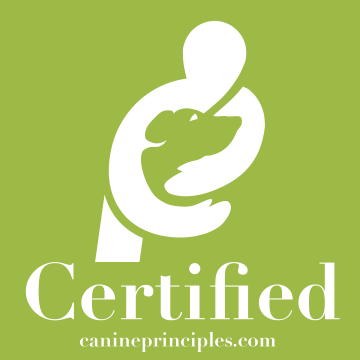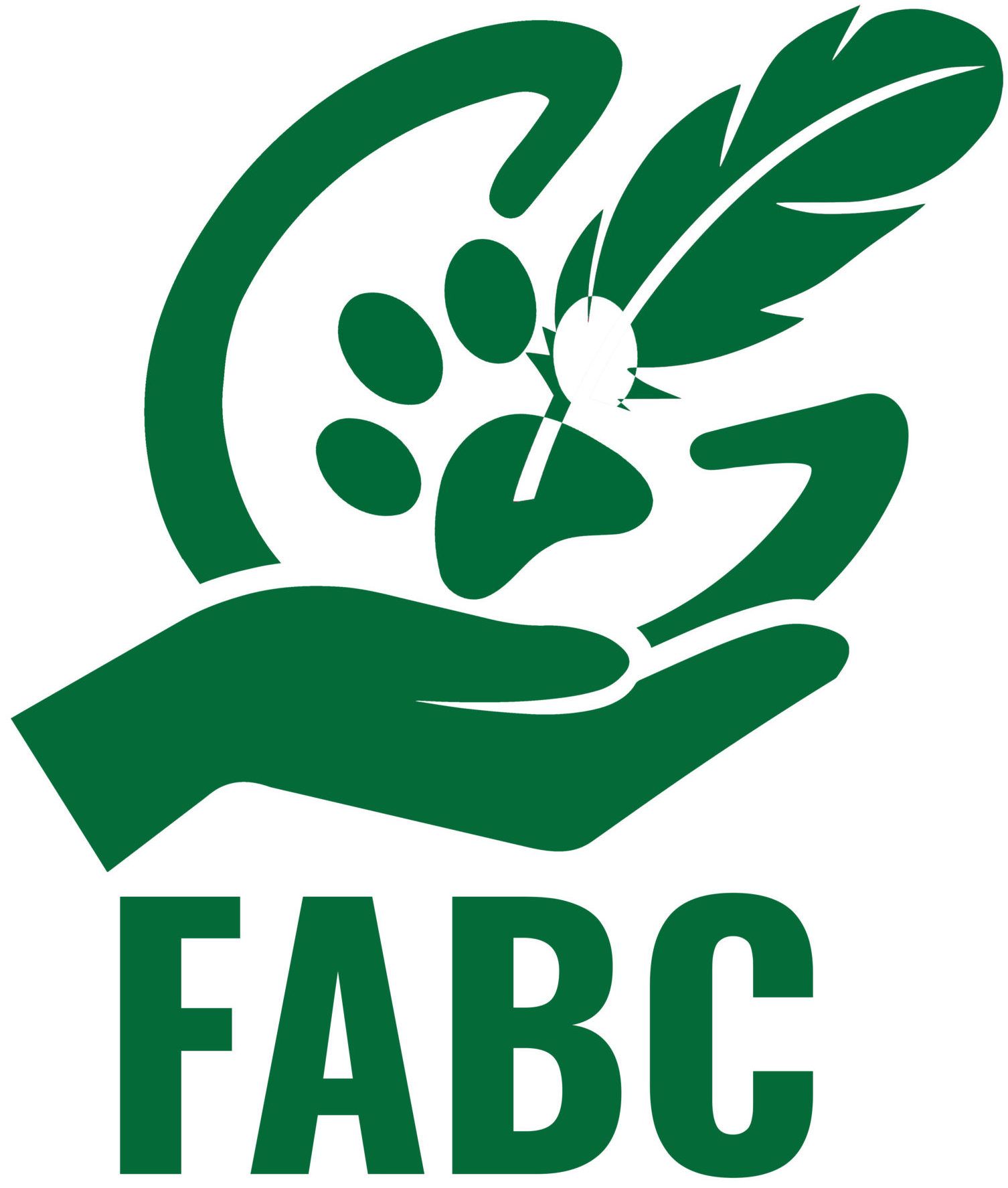My dog is doing a runner when I take out their equipment.. why?
My dog is doing a runner when I get their walking equipment out – why?
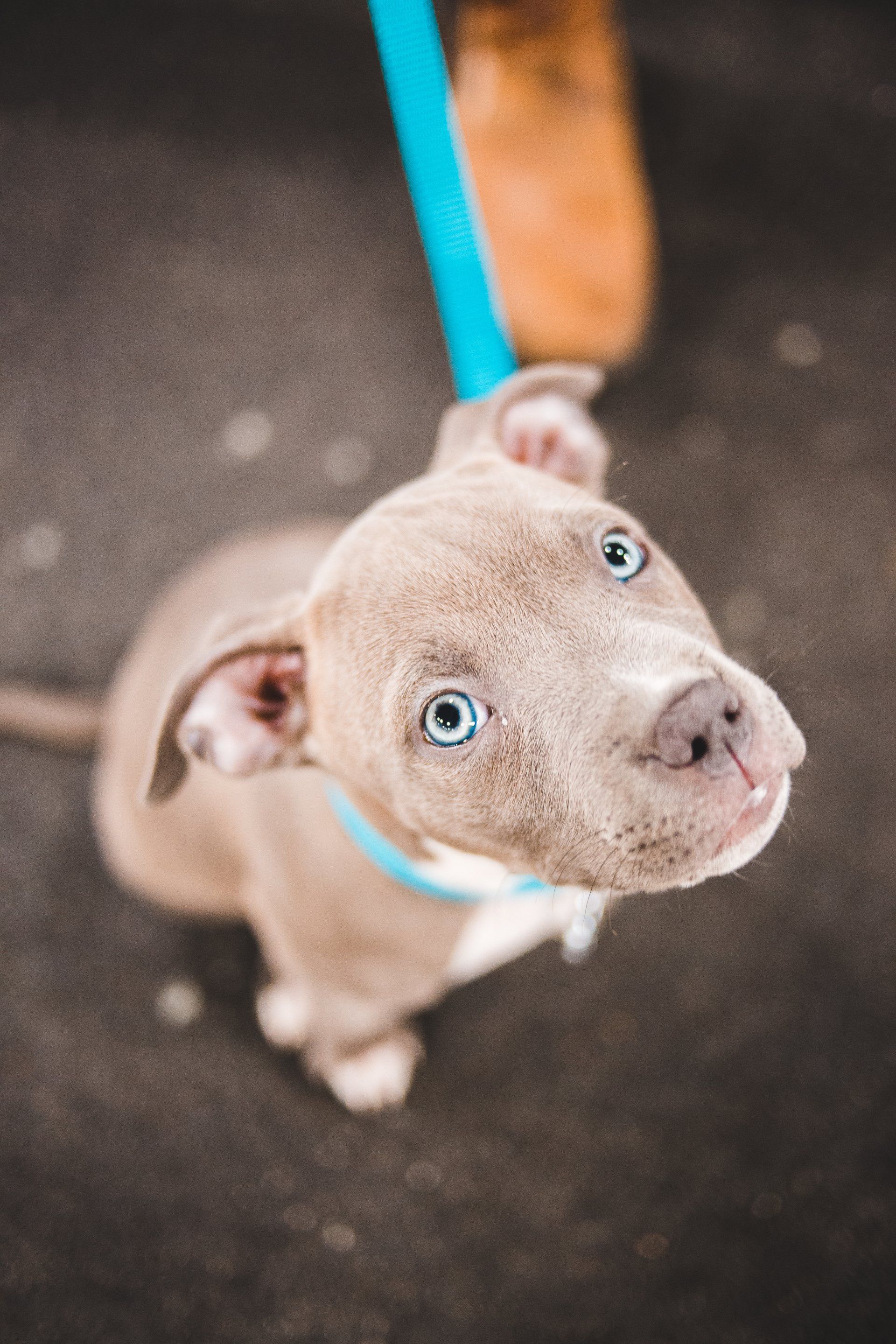
It can be confusing when a dog runs off when you take out their walking equipment! Here are some considerations..
Harnesses
Sometimes for some dogs, a harness that goes over their head (and ears – which can be a bit painful if they have big pointy ears), can be a trigger and involve a dog running to hide. Thinking about the shape of the harness in relation to your dogs body (do they have a deep rib cage) and weight (is it too clunky or nice and lightweight) and if it can easily be escaped from is really important.
Sometimes the clip of the harness or collar or lead can be aversive to some dogs – it can startle them (it’s close to their ears). Dogs have very sensitive hearing and dogs with floppy ears can be more prone to ear infections, so that is a consideration. You wouldn’t start desensitisation to noise until pain was under control.
Some dogs again, don't like the sensation of something around their neck and can run when you bring out the collar and lead.
Possible pain
Dogs can be masters at hiding pain. They will still often hop skip and jump, they can enjoy going on walks but still be in pain. As it’s pain awareness month this month, think about taking a video of your dog and slowing it down so you can spot anything that seems unusual and speak to your vet.
Gait challenges may be indicated by:
· Back legs turned out when sitting.
· Stopping on walks (this could be due to pain/ an aversion to a location where something scary has happened and when a dog goes into freeze mode - not stubbornness!)
· Bunny hopping
· Lameness
· A reluctance to sit
Equally, if your dog is avoiding the towel and being rubbed down, again lifting their paws and legs may be due to underlying pain, as there weight is being shifted and they are potentially over compensating on one limb.
Changing the association
Some dogs have not been introduced to the collar and harness in small steps and find the experience a bit overwhelming.
Outside
On the way to a walk are there/have there been builders or something that could potentially have scared your dog?



